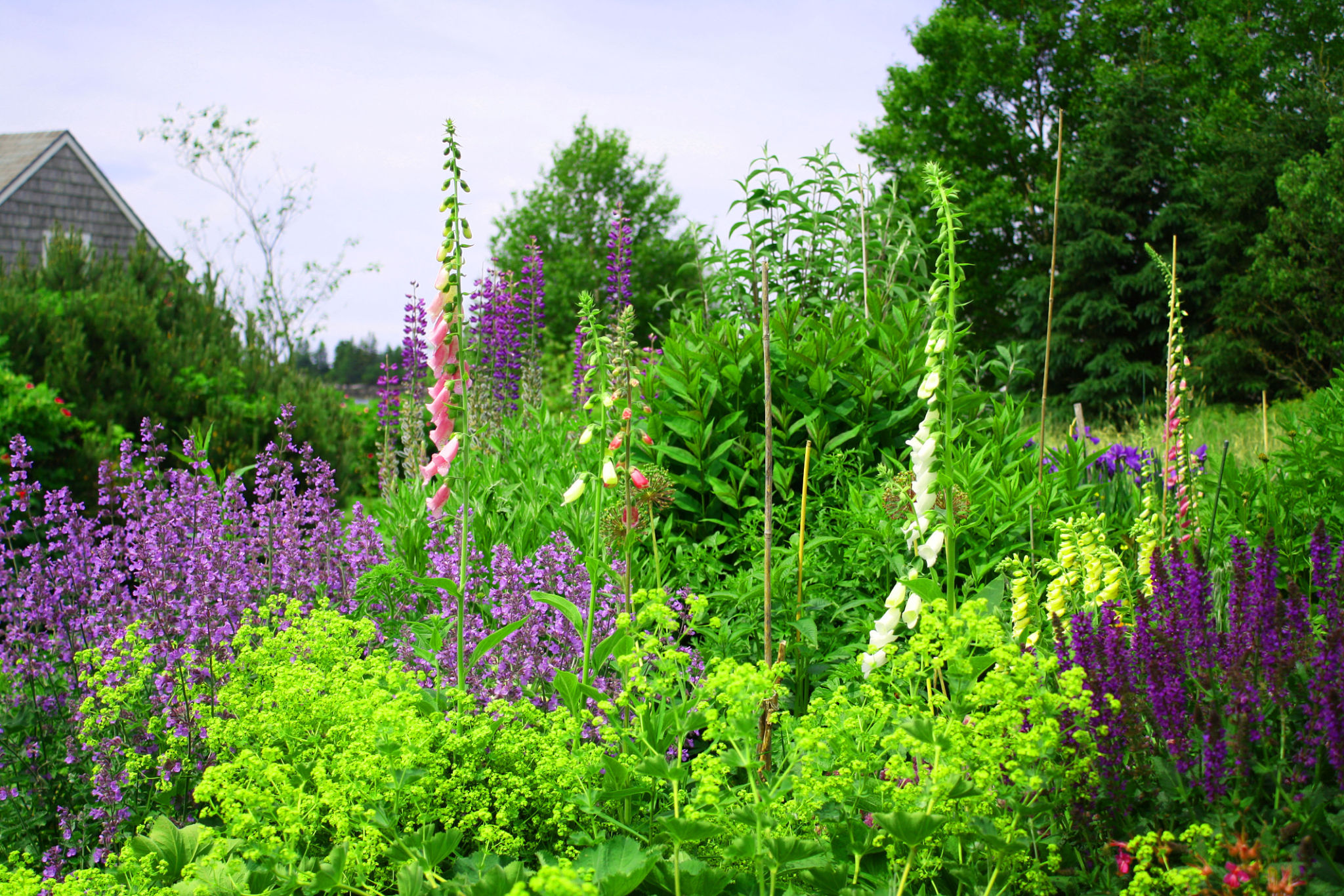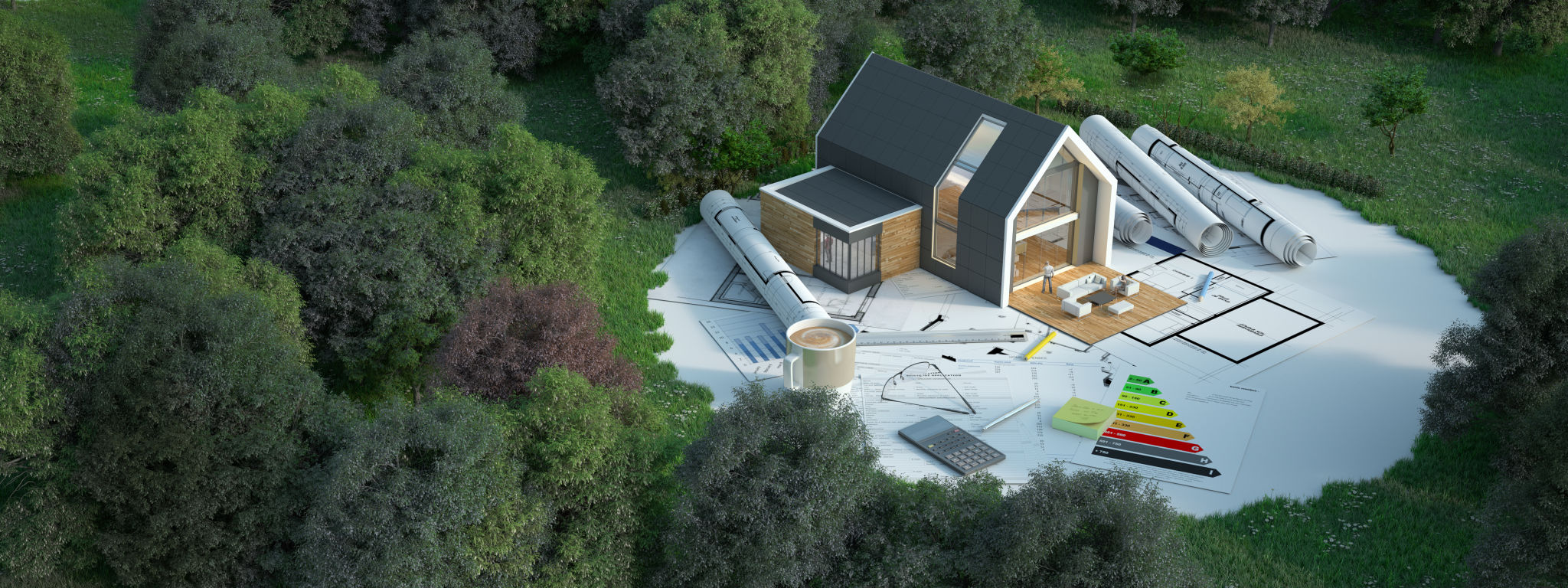Eco-Friendly Landscaping Solutions for Commercial Spaces
Introduction to Eco-Friendly Landscaping
In today's world, sustainability is not just a buzzword but a necessity, especially for businesses. One of the most impactful ways commercial spaces can contribute to environmental conservation is through eco-friendly landscaping. This approach not only enhances the aesthetic appeal of your property but also promotes biodiversity and reduces carbon footprints.

Benefits of Eco-Friendly Landscaping
Eco-friendly landscaping offers numerous benefits beyond just environmental impact. It can significantly reduce water usage, lower maintenance costs, and create a healthier environment for employees and visitors. By using native plants and organic materials, commercial spaces can enjoy a lush landscape that requires less irrigation and fertilizer.
A well-designed eco-friendly landscape can also improve air quality and reduce urban heat, which is especially beneficial in densely populated areas. Additionally, these landscapes serve as a natural habitat for local wildlife, promoting ecological balance.
Implementing Sustainable Practices
To implement eco-friendly landscaping, businesses can begin by conducting a site analysis to understand the unique environmental conditions of their property. This includes assessing soil quality, sunlight exposure, and water availability. Based on this analysis, choose plants that are native to the region as they require less water and are more resistant to local pests.

Another key aspect is the use of organic fertilizers and pest control methods. These solutions minimize toxic runoff and promote healthier plant growth. Additionally, incorporating rain gardens and permeable pavements can enhance water management by reducing runoff and promoting natural groundwater replenishment.
Designing with Energy Efficiency in Mind
Strategic placement of trees and shrubs can provide natural shade, reducing the need for air conditioning in adjacent buildings. Consider planting deciduous trees on the south and west sides of buildings to block summer sun while allowing winter sunlight to penetrate. This not only enhances energy efficiency but also creates pleasant outdoor spaces for employees and customers.

Long-Term Maintenance Strategies
Maintaining an eco-friendly landscape requires a shift from conventional practices. Regularly monitor plant health and soil conditions to ensure optimal growth. Implement a composting system to recycle organic waste into nutrient-rich soil amendments. Drip irrigation systems can further conserve water by delivering it directly to the plant roots.
Training your maintenance staff in sustainable practices or hiring a landscaping company specializing in eco-friendly solutions can ensure your commercial space remains green and vibrant throughout the year.
The Role of Technology in Sustainable Landscaping
Technology plays an increasingly important role in sustainable landscaping. Smart irrigation systems that adjust water usage based on weather forecasts and soil moisture sensors help optimize water efficiency. Additionally, landscape design software can aid in planning and visualizing sustainable layouts before implementation.

Case Studies: Successful Eco-Friendly Landscapes
Several commercial spaces have successfully transitioned to eco-friendly landscaping with impressive results. For instance, a corporate office in California reduced its water consumption by 40% using drought-tolerant plants and smart irrigation systems. Another example is a retail complex that transformed its rooftop into a green space, providing insulation and reducing energy costs.
These case studies highlight the potential of eco-friendly landscaping to deliver significant environmental and economic benefits, inspiring other businesses to follow suit.
Conclusion: The Future of Commercial Landscaping
As businesses continue to recognize the importance of sustainability, eco-friendly landscaping will become an integral part of commercial property management. By adopting these practices, companies not only contribute to environmental conservation but also create healthier and more appealing spaces for their communities.
Embracing eco-friendly landscaping is a step towards a greener future, ensuring that commercial spaces remain both functional and environmentally responsible.